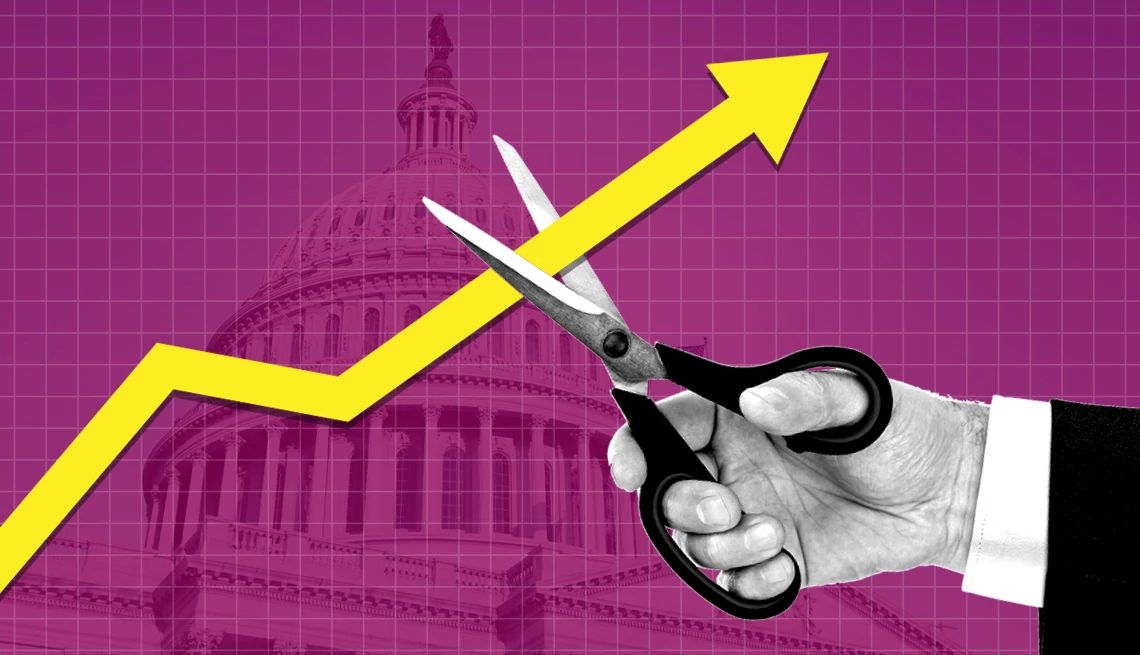AARP Hearing Center


What goes up must come down, and after four years, that’s finally true about interest rates.
The Federal Reserve cut its benchmark rate on Sept. 18 a half point, dropping its target range to between 4.75 and 5.0 percent, signaling that it is now less concerned about inflation than it is about indications that the overall economy and job market are starting to cool.
“The Fed is mindful of both inflation and job growth, and inflation is coming down close to its target, and the broad markets are showing signs of softening,” says Gary Schlossberg, global strategist with the Wells Fargo Investment Institute. “That’s all against the backdrop of slowing economic growth.”
The Fed’s rate cut and those that will likely follow in the coming months have broad implications for older Americans and the economy as a whole, potentially bringing some relief to borrowers 50 and older who are struggling amid high interest rates. Unfortunately, rate cuts also potentially mean lower returns for savers.
This month marks the first time the Federal Reserve has cut interest rates since March 2020, when the Fed slashed rates to nearly zero in a bid to resuscitate the economy after it ground to a halt during the pandemic. Rates remained at rock-bottom levels until 2022, when the Fed began a series of rate hikes aimed at taming then-rampant inflation.
Why the Fed lowers interest rates
The federal funds rate is one of the most powerful tools the Fed has in its arsenal to influence the economy. The benchmark rate has a trickle-down effect on interest rates for consumers across a range of financial products, such as mortgages, auto loans and credit cards. The Fed cuts interest rates when it’s looking to stimulate the economy by making borrowing cheaper.
“Now that [the Fed has] pushed interest rates up high enough to get inflation into a neighborhood they feel comfortable with, they have to ease off the brakes so the current high interest rates don’t slow the economy too much, too soon,” says Greg McBride, chief financial analyst at Bankrate.com.
Here’s what you need to know about the impact of the Fed’s new rate cut.
What the rate cut means for borrowers
Borrowers are the clearest winners following a Fed rate cut, since many consumers’ interest rates tend to rise or fall in the same direction as the federal funds rate.






























































More From AARP
Inflation Just Fell Below 3 Percent. Here Are 5 Key Takeaways
How it could impact consumer prices, mortgage rates and moreSave at the Grocery Store With These 25 Strategies
Food prices are still elevated, but there’s ways to saveRising Rates Hit Reverse-Mortgage Payouts
Rising rates mean your home piggy bank is a little lighterRecommended for You